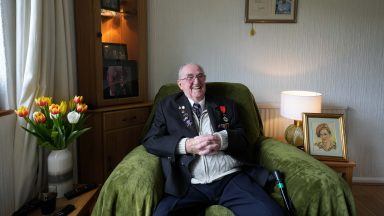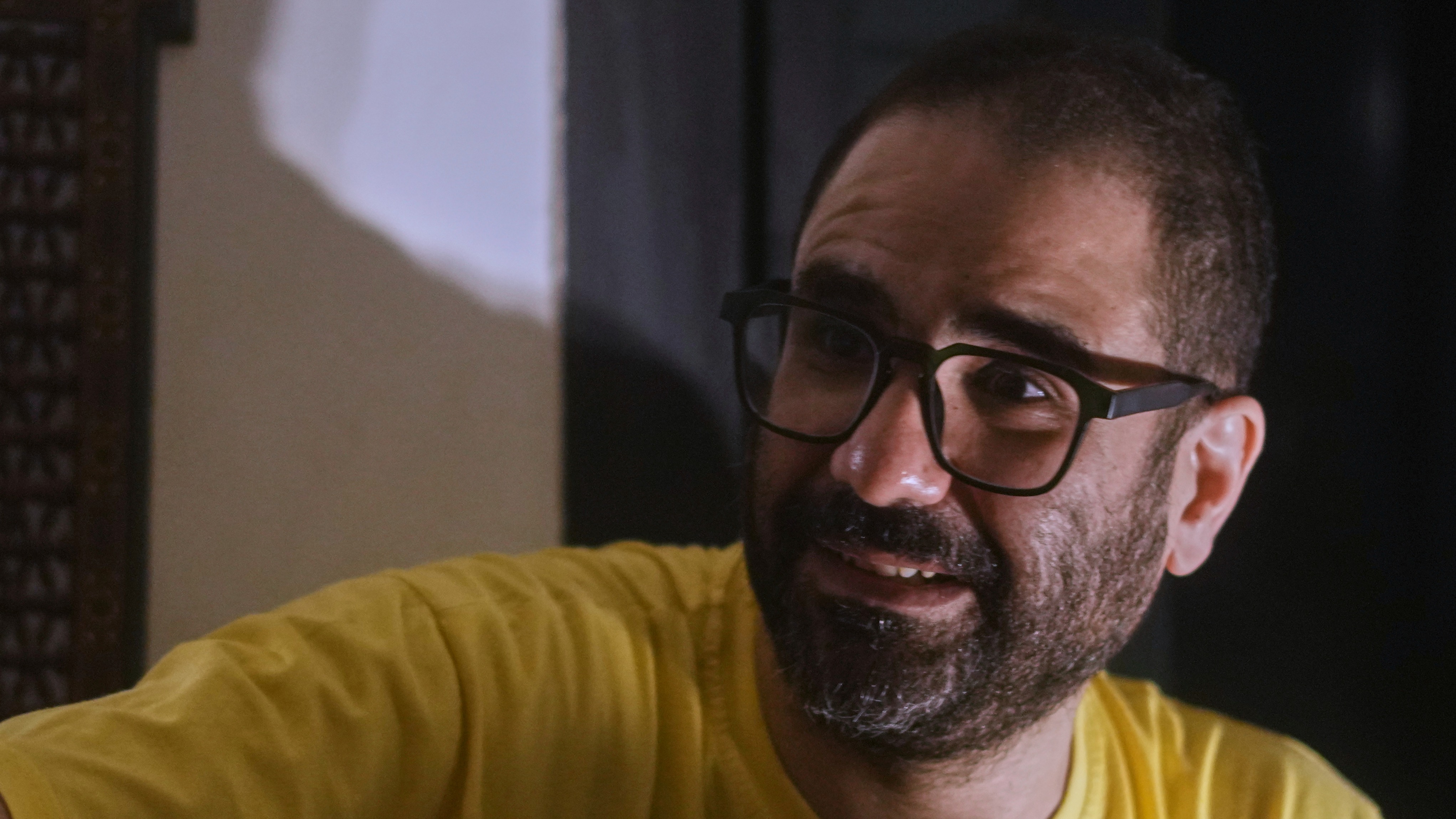The education secretary said he “ideally” wants to give teachers, pupils and parents two weeks’ warning before reopening schools, but suggested it may happen with less notice.
Schools have been closed to the majority of pupils since before Christmas and are not expected to fully reopen until at least mid-February due to the high levels of coronavirus transmission.
Vulnerable pupils and the children of key workers are continuing to be taught in class, while the rest learn remotely from home.
Speaking at the Scottish Government’s coronavirus briefing on Thursday, John Swinney said he hopes to give “as much notice and as much certainty as possible” about any return to face-to-face teaching.
He added: “Ideally I would like to give two weeks’ notice to everybody involved about our return to face-to-face learning, but obviously we may give shorter notice than that if we believe the opportunity exists for such an approach to be taken.
“We’ll try to give as much notice and as much clarity at the earliest possible opportunity, but it will depend on two factors – the scientific advice available to us about the impact of the virus on particular age groups and cohorts of pupils, and it will depend on the general prevalence of coronavirus within our society.”
It follows comments by UK Government education secretary Gavin Williamson, who said he would give schools in England a “clear two-week notice period” so they are able to properly prepare to welcome all pupils back.
Mr Swinney also again said a phased return to in-class teaching is being considered by the Scottish Government’s education recovery group.
He said: “There is much more likely to be a phased learning approach rather than the approach we took in August when all pupils returned in one go.
“It is much more likely that we will bring different cohorts of pupils, and we’re exploring what might be the groupings that could be brought back within the context of the scientific and clinical advice that is available to us.”
Explaining the factors that will influence the Government’s decisions on the further reopening of schools, Mr Swinney suggested falling numbers of infections and hospital capacity will be key.
“If we were to, for example, reopen schools to more pupils, there would be more human interaction, therefore giving rise to the possibility the virus may spread and that could potentially increase caseload within hospitals,” he said.
“We’ve got to look in detail at the effect of the virus – but particularly the new variant of the virus – on children and young people themselves and their ability to transmit the virus.
“What we knew of the original variant is that, with the youngest children, there was really very, very limited possibilities of transmission of the virus and very limited effect to the virus on the youngest of children.
“It got more challenging the older children and young people became.
“But we don’t yet have enough clinical clarity about what the effect is of a new variant on children, young people, and particularly on older young people – from 16 to 18-year-olds, for example.”
Follow STV News on WhatsApp
Scan the QR code on your mobile device for all the latest news from around the country



























